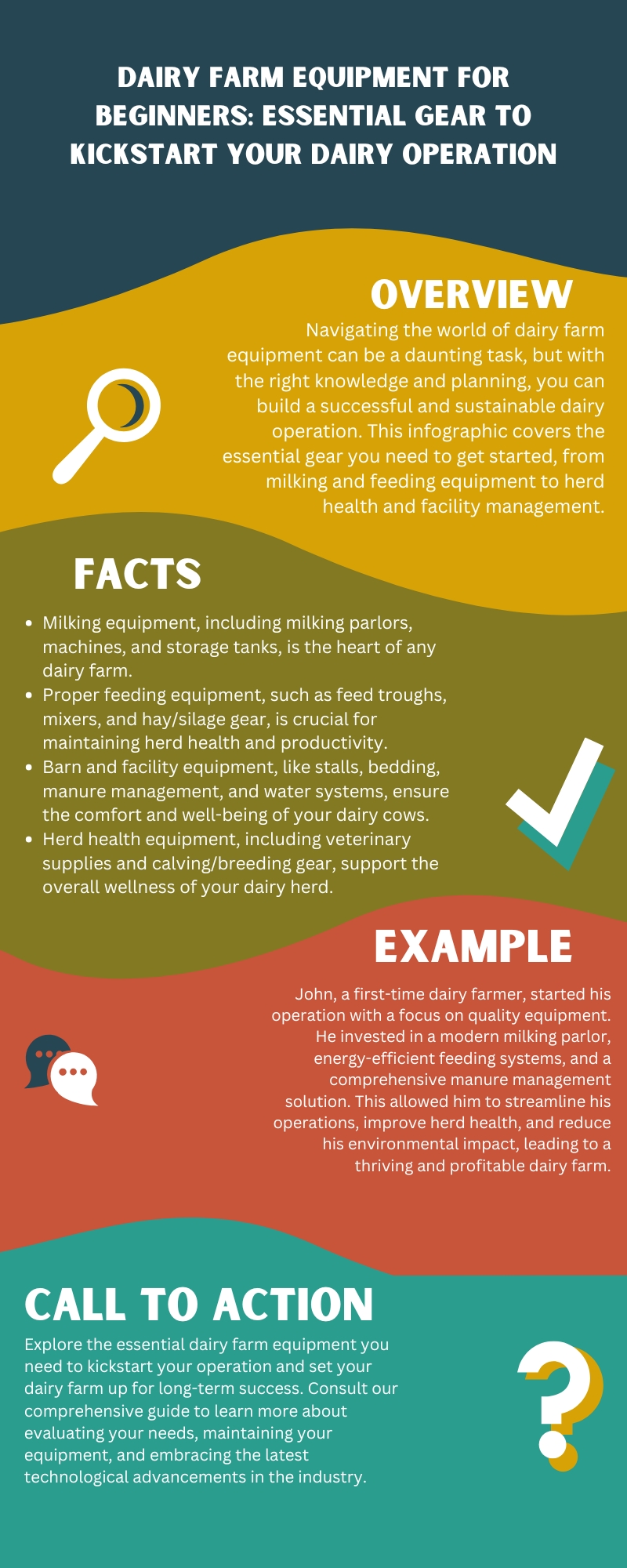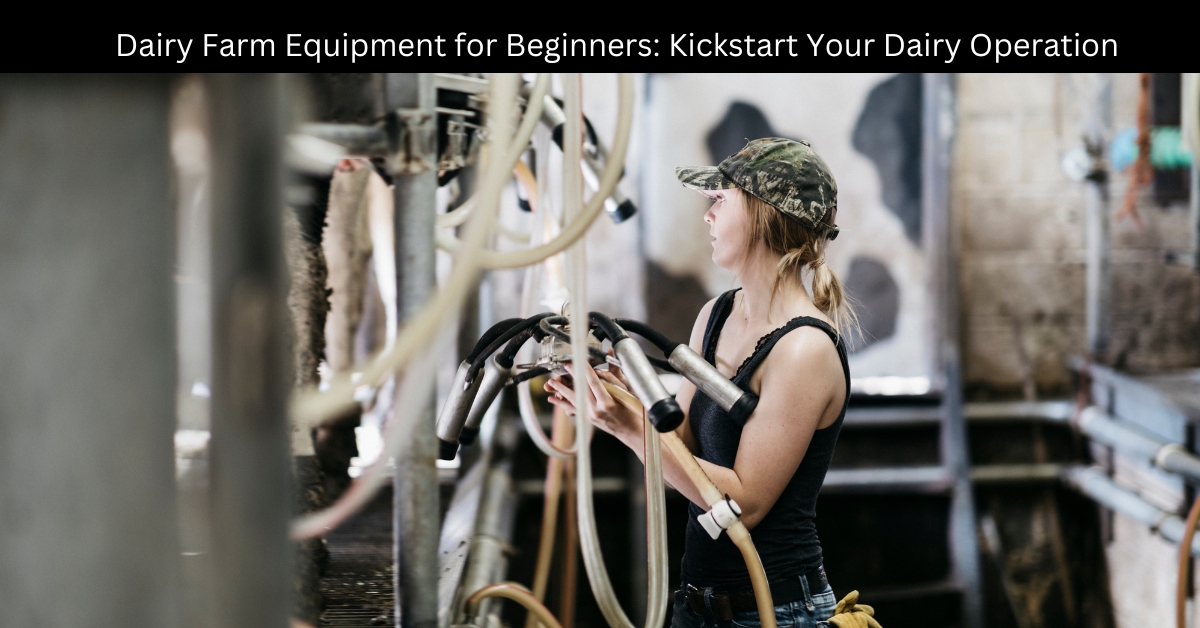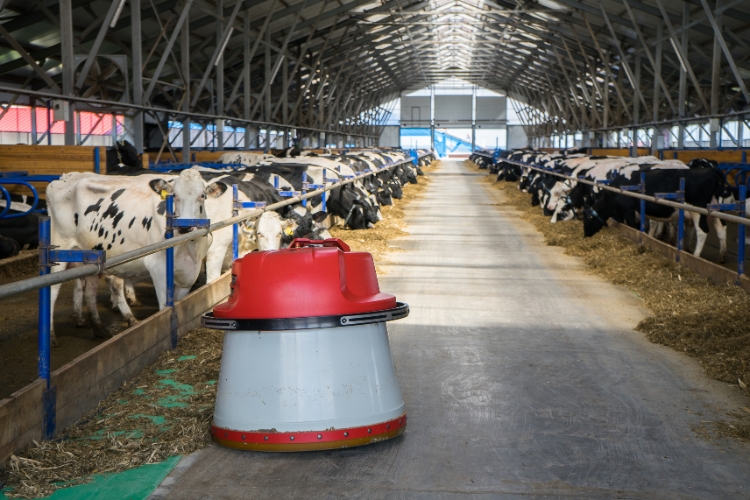Dairy farming is a rewarding and challenging endeavor that requires a significant investment in specialized equipment and infrastructure.
Whether you’re a seasoned farmer or a newcomer to the industry, understanding the essential dairy farm equipment and how to properly maintain it is crucial for the success and sustainability of your operation.
In this blog article, we’ll explore the key pieces of equipment you’ll need to get started, as well as strategies for optimizing your dairy farm’s efficiency and profitability.
Key Takeaways:
- Dairy farming requires a diverse array of specialized equipment to support various aspects of the operation, from milking and feeding to herd health and facility management.
- Carefully assess your needs, budget, and financing options when investing in dairy farm equipment, and weigh the pros and cons of new vs. used equipment.
- Implement comprehensive maintenance and care practices to ensure the longevity, efficiency, and safety of your dairy farm equipment.
- Embrace automation and technological advancements, such as robotic milking systems and precision farming technologies, to improve efficiency, productivity, and sustainability.
- Adopt sustainable dairy farming practices, including the use of energy-efficient equipment, effective manure handling, and water conservation strategies, to minimize the environmental impact of your operation.
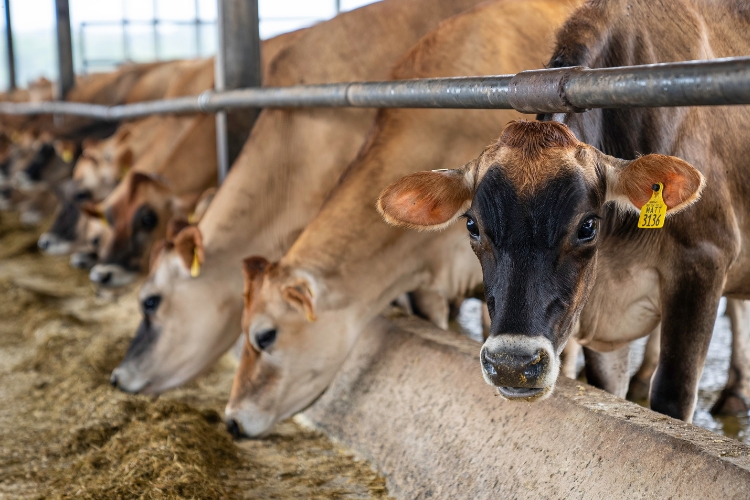
Understanding the Basics of Dairy Farming
Before delving into the specifics of dairy farm equipment, it’s important to have a basic understanding of the dairy farming process and the unique needs of dairy cows.
1. The Dairy Cow
Dairy cows are the backbone of any successful dairy operation. These remarkable animals are bred and raised to produce large quantities of high-quality milk. Understanding the unique characteristics and needs of dairy cows is essential for selecting and maintaining the appropriate equipment.
2. Milk Production Cycle
Dairy cows have a natural milk production cycle that spans approximately 305 days, with a period of rest between each lactation. This cycle must be carefully managed to ensure consistent and efficient milk production.
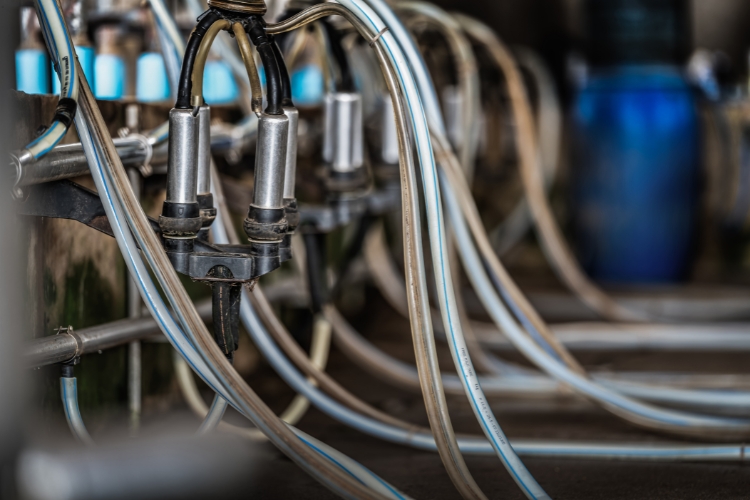
Essential Dairy Farm Equipment
Dairy farming requires a diverse array of specialized equipment to support the various aspects of the operation. Let’s explore the key categories of dairy farm equipment and their essential components.
1. Milking Equipment
Milking equipment is the heart of any dairy farm, as it is responsible for the safe and efficient collection of milk from the herd.
2. Feeding Equipment
Proper feeding is essential for maintaining the health and productivity of your dairy herd. Dairy farm equipment in this category includes:
- Feed Troughs: These provide a secure and accessible way to deliver feed to the cows.
- Feed Mixers: Used to blend and prepare the appropriate feed rations for your herd.
- Hay and Silage Equipment: This includes mowers, balers, and silos to harvest, store, and distribute the forage needed to feed your cows.
3. Barn and Facility Equipment
The barn and other farm facilities play a crucial role in the overall well-being and comfort of your dairy herd.
4. Herd Health Equipment
Maintaining the health and well-being of your dairy herd is a top priority. Specialized equipment in this category includes:
- Veterinary Supplies: Items such as syringes, needles, and medications for treating sick or injured animals.
- Calving and Breeding Equipment: This includes calving pens, calf hutches, and breeding chutes to support the reproductive management of your herd.
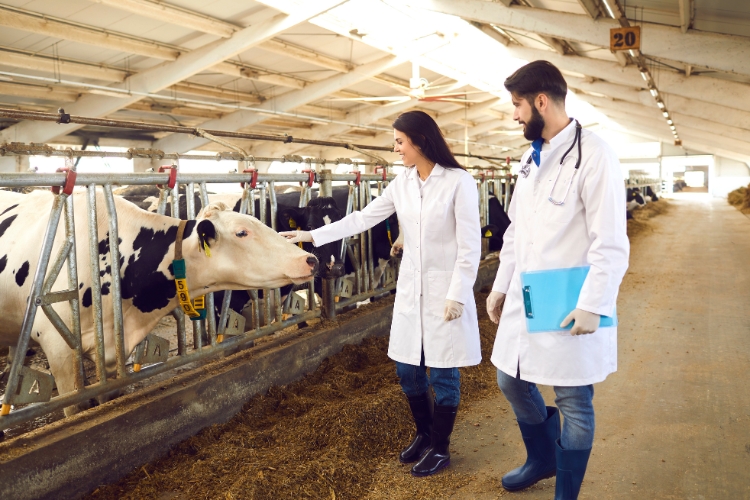
Investing in Dairy Farm Equipment
Selecting and investing in the right dairy farm equipment is a critical decision that can have a significant impact on the success and profitability of your operation.
1. Evaluating Your Needs
Begin by carefully assessing the size and specific requirements of your dairy farm. This includes factors such as herd size, production goals, and the physical layout of your facilities.
2. New vs. Used Equipment
Carefully weigh the pros and cons of purchasing new or used equipment. While new equipment may come with a higher upfront cost, it often offers the latest features, technologies, and warranties.
Used equipment can be a more budget-friendly option, but it’s essential to thoroughly inspect and evaluate its condition before making a purchase.
3. Financing Options
Investing in dairy farm equipment can be a significant financial undertaking. Explore a variety of financing options, including loans, leases, and government/industry programs, to find the solution that best fits your needs and budget.
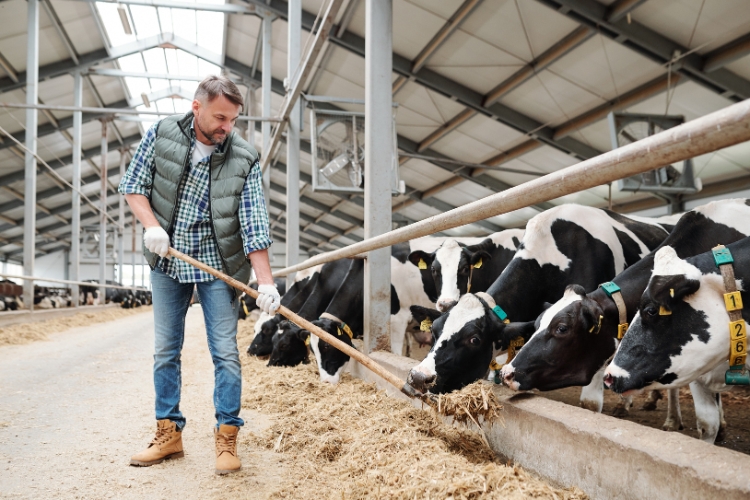
Maintaining and Caring for Your Dairy Farm Equipment
Proper maintenance and care of your dairy farm equipment are crucial for ensuring its longevity, efficiency, and safety.
Automation and Technology in Dairy Farming
Advances in technology have transformed the dairy industry, offering new opportunities to improve efficiency, productivity, and herd management.
1. Robotic Milking Systems
Robotic milking systems, also known as automatic milking systems (AMS), allow cows to be milked on their schedule, reducing labor demands and improving overall herd health and productivity.
2. Herd Management Software
Specialized herd management software can help dairy farmers track and optimize various aspects of their operations, including animal health, breeding, feeding, and production data.
3. Precision Farming Technologies
Emerging precision farming technologies, such as GPS-guided machinery, sensor-based monitoring, and data analytics, can help dairy farmers make more informed decisions and improve resource utilization.
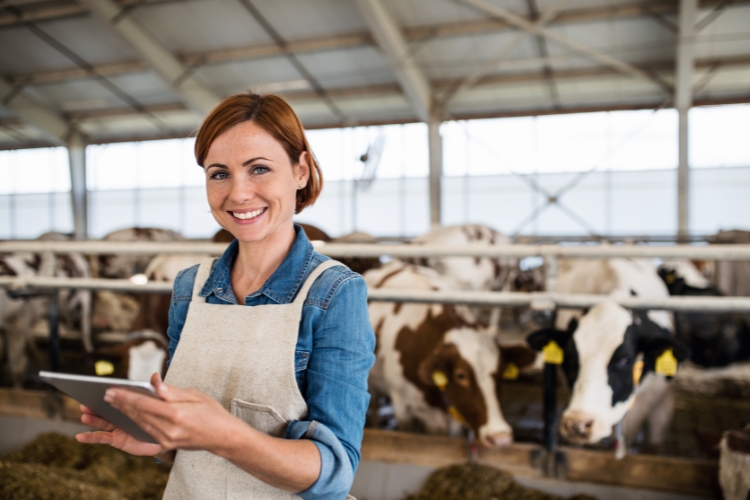
Sustainable Dairy Farming Practices
As environmental concerns and resource scarcity become increasingly important, dairy farmers must embrace sustainable practices to ensure the long-term viability of their operations.
| Category | Description |
|---|---|
| Energy-Efficient Equipment | We are investing in energy-efficient equipment like LED lighting, variable-speed motors, and heat recovery systems to lower energy costs and carbon footprint. |
| Manure Handling and Nutrient Management | Implement best practices for handling, storing, and applying manure to reduce environmental impact and utilize it as a natural fertilizer. |
| Water Conservation Strategies | Develop strategies like using water-efficient equipment, recycling water, and optimizing irrigation to conserve water in dairy operations. |
8. Conclusion
Navigating the world of dairy farm equipment can be a daunting task, but with the right knowledge and planning, you can build a successful and sustainable dairy operation.
By understanding the essential equipment needed, investing wisely, and implementing effective maintenance and care practices, you’ll be well on your way to achieving your dairy farming goals.
Remember, staying informed and embracing the latest advancements in dairy technology can give you a competitive edge and help ensure the long-term success of your dairy farm.
FAQs
1. What equipment do beginners need for a dairy farm?
Essential equipment includes milking machines, milk storage tanks, feed mixers, barn stalls, water systems, and veterinary tools. Proper equipment ensures a smooth and sustainable operation.
2. How do I evaluate my equipment needs?
Consider herd size, production goals, facility layout, and budget. Compare new vs. used equipment and explore financing options like loans or government programs.
3. How can I maintain dairy farm equipment?
Clean and sanitize regularly, follow a preventive maintenance schedule, and address repairs promptly. Build a network of reliable service providers for expert support.
4. What are the latest dairy farming technologies?
Advancements include robotic milking systems, herd management software, and precision farming tools. These improve efficiency, productivity, and sustainability, offering a competitive edge.
